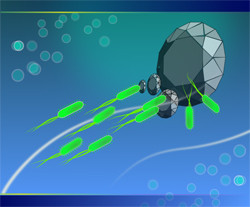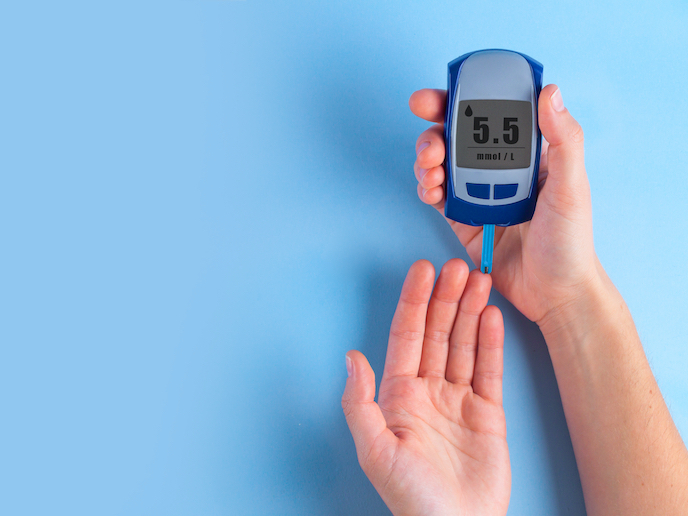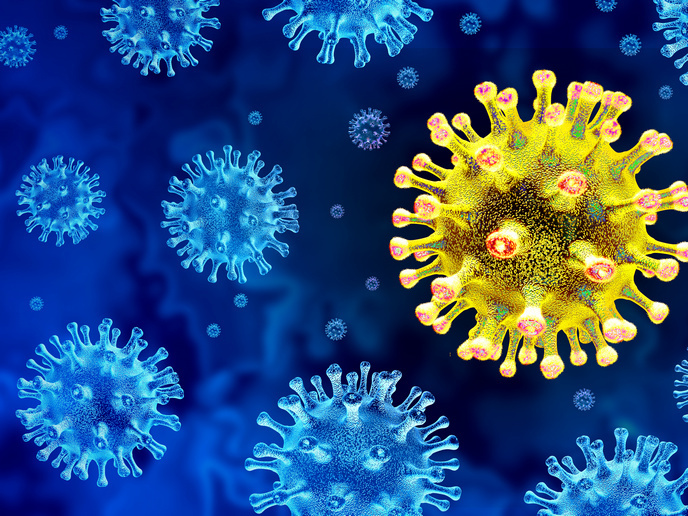Nanodiamonds to cure infections
Bacteria have the unique capacity to grow in biofilm communities that pose a great health threat. Microorganisms in biofilms interact together to evade immune system responses and enhance their tolerance towards antibiotics. As a result, biofilm-based infections are very difficult to eradicate. To make matters worse, the injudicious use of antibiotics has led to the emergence of antibiotic-resistant bacteria, aggravating the threat of biofilm-related infections. To address the issue of resistance, scientists directed their efforts to the design of non-biocidal strategies as alternatives to antibiotics. One such approach utilises anti-adhesive molecules to prevent the initial interaction of bacteria with medical device surfaces. The EU-funded 'Fabrication of particles with photo receptors: bio-analytical application such as controlled drug delivery' (PHOTORELEASE) consortium decided to develop nanoparticles that display activity against biofilms. They selected diamond nanoparticles, also called nanodiamonds as they are inert, biocompatible, and importantly, they are easily functionalised based on the application. Nanodiamonds are increasingly being used as imaging probes and drug carriers. PHOTORELEASE researchers developed sugar-coated nanodiamonds as novel inhibitors for Escherichia coli-based biofilm formation. Optimisation activities led to nanodiamonds with improved functionalisation that displayed significantly improved anti-biofilm activity. The unique properties of diamond nanoparticles render them promising for a variety of applications. With the imminent threat of antibiotic-resistant strains, such engineered biomaterials could prove vital for the treatment of infections.
Keywords
Nanodiamond, nanotechnology, infection, biofilm, antibiotic-resistant, drug delivery







